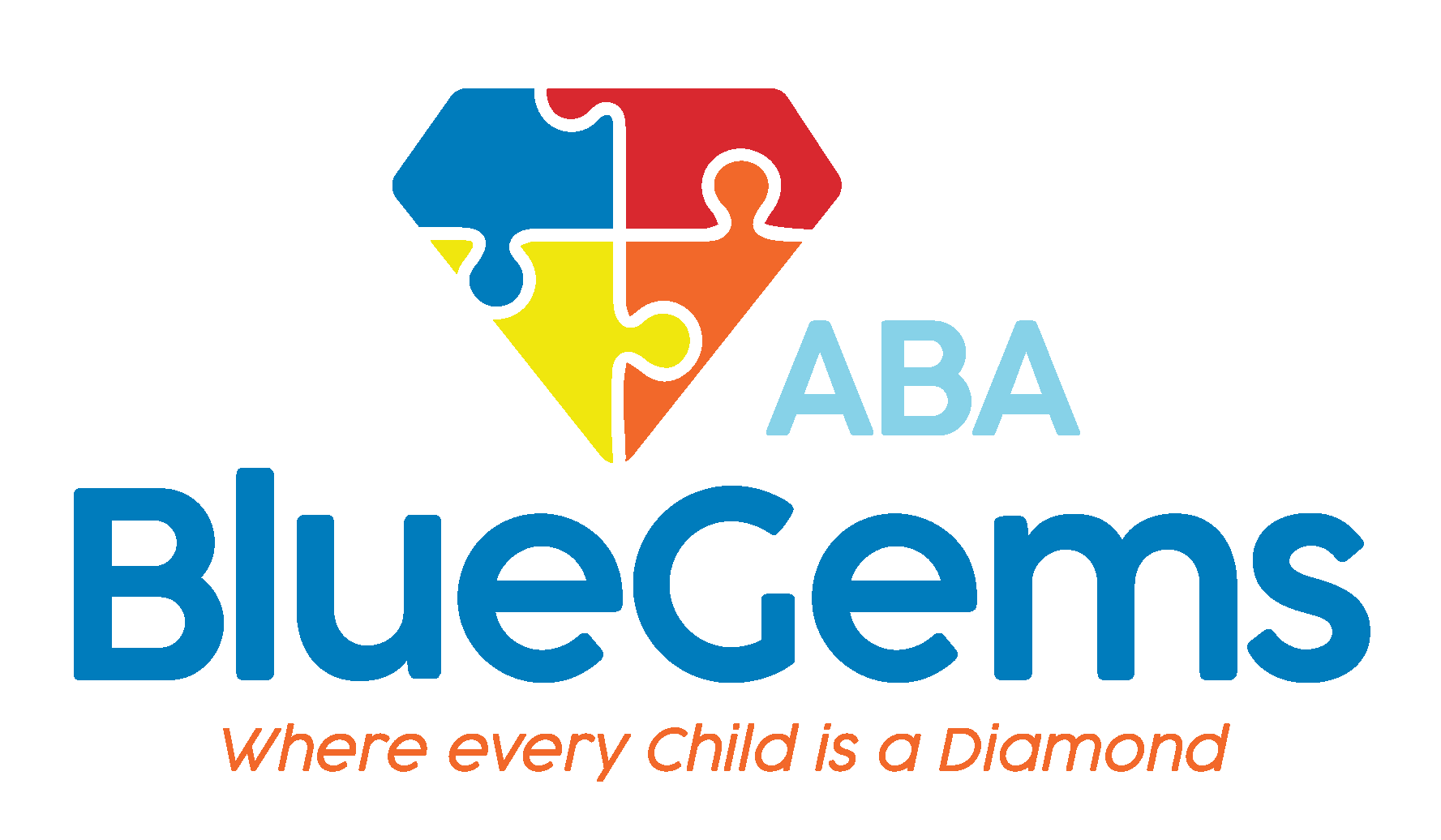What is ABA Therapy?
Children diagnosed with autism spectrum disorder have the ability to do amazing things if they are provided with the proper guidance, resources, training and education. Providing these resources is crucially important today, as the U.S. Centers for Disease Control and Prevention reports that the rates of autism in children are rising — from one in 44 children a few years ago to one in 36 children in 2023.
One of the most effective methods of supporting children with autism is utilizing Applied Behavior Analysis, or ABA. But, what is ABA therapy, and how does it work?
Below, we provide additional details about the meaning of ABA therapy as well as how it is put into practice to help children with autism reach their maximum potential.
What is ABA?
ABA is a therapy that approaches supporting children with autism from an evidence-based and scientific foundation. By understanding the science behind behavior and learning, therapists can help support children with autism in a more effective and personalized way.
ABA therapy can help children increase their communication and language skills; improve focus, attention and memory; and decrease the instances of problem behaviors.
While the ABA therapy meaning might be new to some, the practice is anything but.
Behavior analysis has long been studied and utilized by researchers and practitioners, and therapists have even used ABA to support children with autism for more than 50 years.
Why is ABA Therapy Effective?
At its core, ABA therapy is effective because it takes our knowledge of how behavior in children with autism works and then applies that knowledge to real-world situations. In other words, it helps to remove the guesswork from what can be challenging situations, replacing it with support guided by data and evidence.
By doing so, ABA therapy seeks to increase helpful and positive behaviors and decrease those that might be harmful or negatively affect a child’s ability to learn. The ultimate goal of the therapy is to teach the skills that children can use in life every day.
Another reason why ABA therapy is so effective at helping children with autism is that it’s flexible. Autism itself is a broadly-defined disorder with a range of intricacies. The strategies that are used to help support children with autism, therefore, shouldn’t be rigid. What works for one child may not work for another.
ABA therapy is designed to be adaptable to each child’s needs. It can be utilized during one-on-one instruction or in larger groups. And it can be used in a variety of environments, from school, to home, to out in public.
What Does ABA Therapy in Practice Look Like?
ABA therapy focuses heavily on positive reinforcement. The theory is that when children are given a reward for exhibiting a positive behavior, they’re much more likely to repeat the behavior. In time, this approach will encourage a positive change for the long-term.
Since ABA therapy is a personal experience, a therapist will create goal behaviors for the children with whom they are working. Whenever the child exhibits the behavior — or skill — in the right way, they receive a reward.
The key to success in this regard is that the reward has to hold meaning to the child with which you’re working. This can come in the form of a book, time playing on a playground or simple praise.
ABA therapists will take the time to learn what motivates the child before setting up the reward system, as that is crucial to enacting change.
What are the ABCs of ABA Therapy?
ABA therapy follows three steps, known as the ABCs, to more fully understand the behaviors that children with autism exhibit. It looks at the antecedents as well as the consequences to identify what happens before and after a behavior is exhibited.
In doing so, it can help a therapist identify why a child might be exhibiting that behavior, and how certain consequences might determine if they’ll repeat that behavior again.
The antecedent, or “A,” is what happens immediately before the behavior occurs. This can be a verbal cue, like a request, or a physical one, like a touch or sound. It can originate internally within the child or come from the outside, such as from someone else or the surrounding environment.
The behavior, or “B,” is how the child responds to the antecedent, which can include verbal responses or physical actions. The behavior can even be a lack of response to an antecedent.
Finally, the consequence, or “C,” is what happens immediately after the child exhibits the behavior. In ABA therapy, this will involve positive reinforcement if the behavior exhibited is the one desired, and it can be no reaction at all if the behavior is either inappropriate or incorrect.
By following the ABCs of ABA, therapists can help children with autism learn on the spot, in real-world situations, about the best ways to exhibit behaviors and skills that are helpful and appropriate.
If your child has been diagnosed with autism and you believe ABA Therapy is right for you, please reach out to Blue Gems ABA today.




